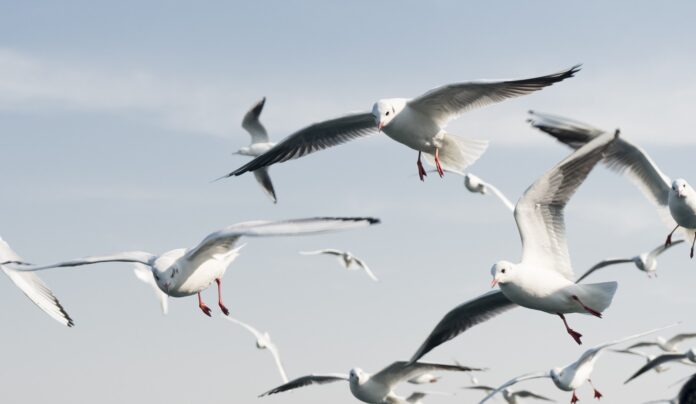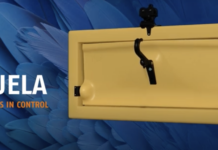
The number of highly pathogenic avian influenza (HPAI) outbreaks in poultry has decreased in Europe but seagulls continue to be heavily affected by the virus. The risk to the general public in Europe remains low.
These are the main findings from the latest report on Avian Influenza by the European Food Safety Authority (EFSA), the European Centre for Disease Prevention and Control (ECDC), and the EU reference laboratory (EURL).
Poultry outbreaks occurred less frequently in March and April compared to the previous reporting period (3 December 2022 to 1 March 2023) and compared to spring 2022. The detection of cases in wild birds in March and April decreased compared to the previous reporting period but increased compared to spring 2022. The virus showed signs of being well adapted to wild birds, heavily affecting black-headed gulls and increasing the mortality of threatened wild species such as the peregrine falcon.
HPAI continued to expand in the Americas and is expected to reach the Antarctic in the near future. Infections were detected in six new mammal species for the first time, including marine mammals and mustelids. Two cases were reported in cats in the USA and one case in a dog in Canada. As a precautionary measure, EFSA recommends preventing pets from being exposed to dead or diseased animals in areas affected by HPAI.
The risk to the general public in Europe remains low, and low to moderate for workers and other people in contact with potentially infected diseased and dead birds and mammals.
Source: EFSA
















